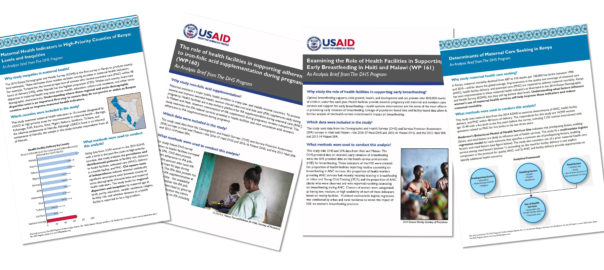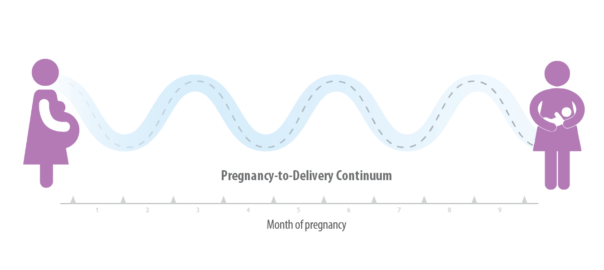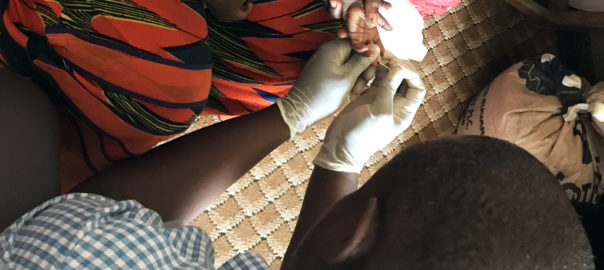DHS Program Analysis Updates: Summer 2020
The DHS Program’s analysis team uses DHS data to explore topics related to global health, demography, and social epidemiology. Since our last update, the analysis team has used DHS data to explore the following questions: What insights into women’s contraceptive and pregnancy experiences can be gained by examining DHS contraceptive calendars? DHS Analytical Study, Women’s Contraceptive […]









